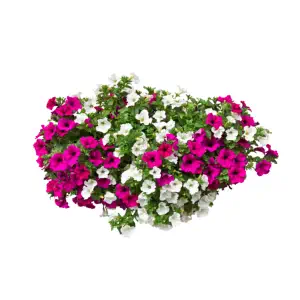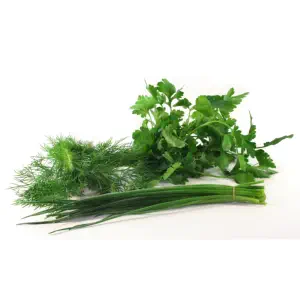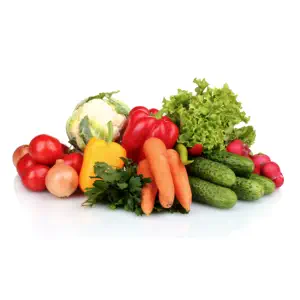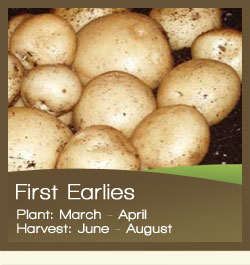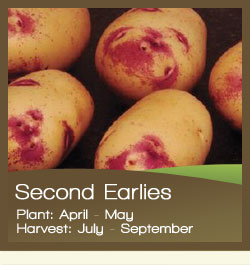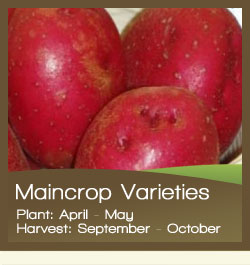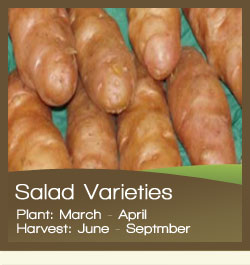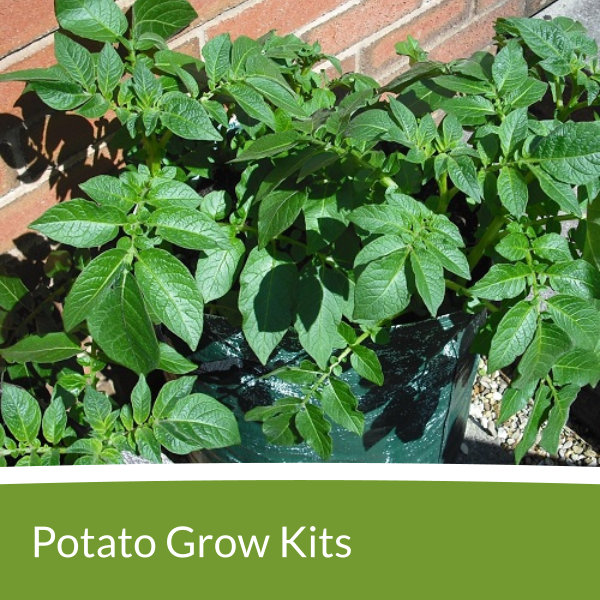What Seeds to sow in February?
Don't Forget Your Seed Potatoes
What Seeds to Sow in February?
Nearly all gardeners agree that early preparation is the key to a successful growing season.
Watch the cold! Protect young tender seedlings.
As temperatures dip in February, it's crucial to shield your young, tender plants from the chilly threats of late winter frosts. Employing frost protection techniques, such as using cloches, frost blankets, or even newspapers, can provide a vital barrier against the cold. Remember, the importance of soil temperature can't be overstated; if the tempwerature is too cold, seeds may not germinate, and young plants can suffer.
Choosing the right containers is also essential for seed starting indoors. Opt for ones that promote good drainage and are deep enough to accommodate root growth. This not only kick-starts your early spring gardening but also keeps seedlings safe from fluctuating outdoor conditions. To ensure success, use a soil thermometer to monitor and maintain the ideal temperature for your plants' specific needs.
As you navigate these early stages of growth, heed these early spring gardening tips: Gradually acclimate seedlings to outdoor conditions through a process called 'hardening off' before transplanting, and monitor weather forecasts to stay ahead of any unexpected late frosts. Vigilance during these formative weeks will pay off with robust plants ready to thrive in the coming season.
No need to rush, if dont have right sowing conditions.
Despite the urge to get a head start on your garden, it's essential to hold off on sowing if conditions aren't quite right, ensuring your seeds have the best chance for successful germination and growth. Planning ahead is crucial; it's tempting to sow early, yet patience pays off. If you're facing unpredictable weather or lack the necessary setup for sowing indoors, delaying planting might be your best bet.
Instead of rushing, focus on alternative gardening tasks like preparing soil or exploring new varieties that might thrive in your local climate. Use this time wisely to research and plan your garden layout.
When considering sowing indoors, ensure you have adequate light and warmth. Otherwise, you risk weak or leggy seedlings that will struggle once transplanted outdoors.

